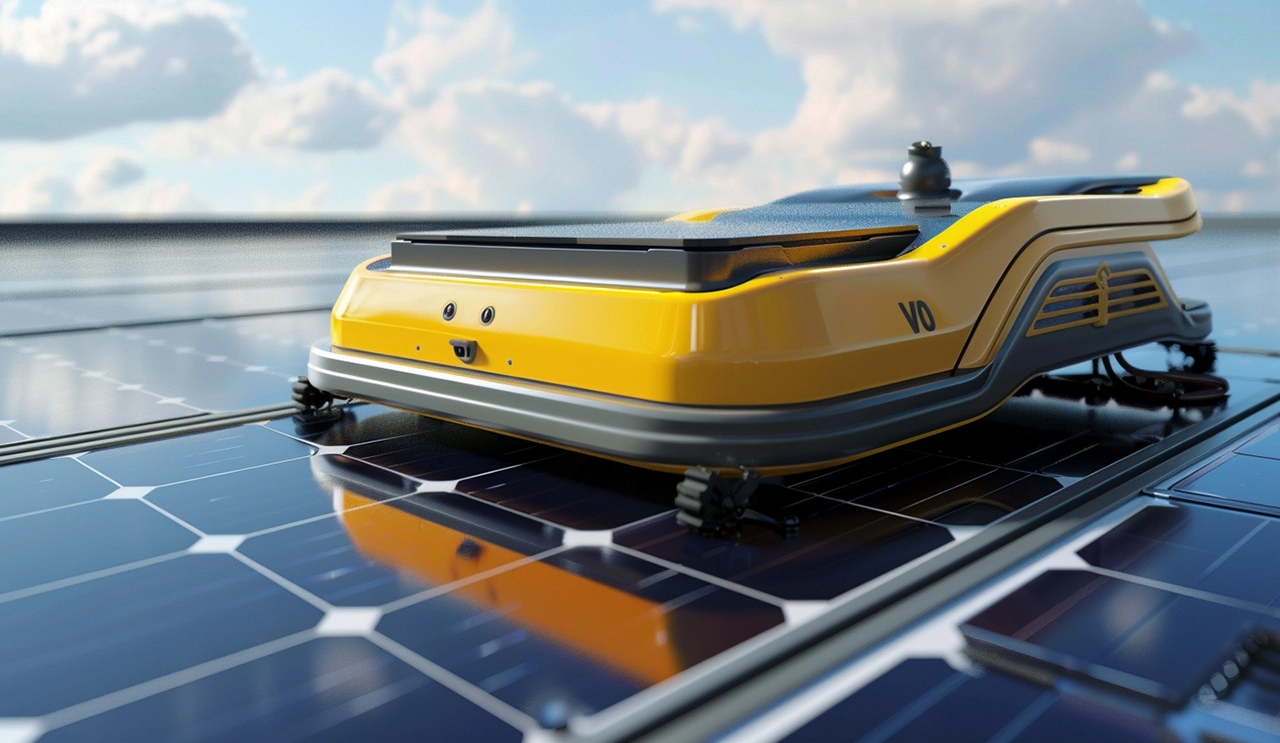
WIRELESS CHARGING IN THE NEWS
With the continuous development of robot technology, how to charge robots efficiently and safely has become an important topic. Among the many charging methods, wireless charging has gradually attracted attention, and forms a stark contrast with traditional wired charging. Both have their own characteristics in terms of technical principles, application scenarios and user experience.
The core of wireless charging lies in its non-contact energy transmission mode. Through electromagnetic induction or magnetic resonance technology, wireless charging can transfer energy between the transmitter and the receiver without the need for a physical connection. In contrast, traditional wired charging relies on a physical connection between the charger and the robot, with electrical energy transferred through a cable to the robot's battery. This difference makes wireless charging more advantageous in some application scenarios. First, wireless charging eliminates the need to plug in and out charging interfaces, reducing the risk of wear and failure. This is particularly important for robots that require frequent charging, especially in harsh environments or confined Spaces where wired connections are expensive to maintain and prone to poor connections.
In terms of user experience, wireless charging brings greater flexibility to robots. The robot can autonomously approach the charging station and start charging without the need for precise alignment, which greatly improves the convenience and efficiency of charging. In addition, because wireless charging does not require a physical connection, the robot can still maintain some mobility or perform light tasks while charging, which is extremely advantageous in certain continuous working scenarios. The traditional wired charging usually requires the robot to stop working and connect the cable, and the charging process is relatively tedious and easy to interrupt the normal work flow of the robot.
However, wireless charging technology currently faces some challenges. First of all, although wireless charging is superior in convenience, its charging efficiency is usually lower than that of wired charging. There may be a large loss of energy in the transmission process, especially in the case of long distances or inaccurate positioning. In addition, the current power of wireless charging is generally low, which is difficult to meet the needs of some high-energy robots, while traditional wired charging can provide higher power output and can fully charge robots faster. This makes traditional charging methods still competitive in scenarios that require fast charging or long periods of intensive work.
In terms of cost and technology maturity, traditional wired charging technology has been very mature, and the cost of related equipment is low and the penetration rate is high. As wireless charging involves complex electromagnetic technology and high-precision control system, the current cost is relatively high, especially the research and development of high-power wireless charging system still needs a lot of investment. In addition, electromagnetic interference in the environment may also have an impact on wireless charging, which requires further technical improvements and standardization.
Robot wireless charging and traditional charging have their advantages and disadvantages. Wireless charging is mainly characterized by its non-contact and convenience, which is suitable for scenarios with high requirements for charging frequency and operational flexibility. Traditional charging has more advantages in efficiency and cost, which is suitable for high energy consumption and fast charging needs. As technology advances, these two charging methods may complement each other in different applications, providing more options for the development of robots.







